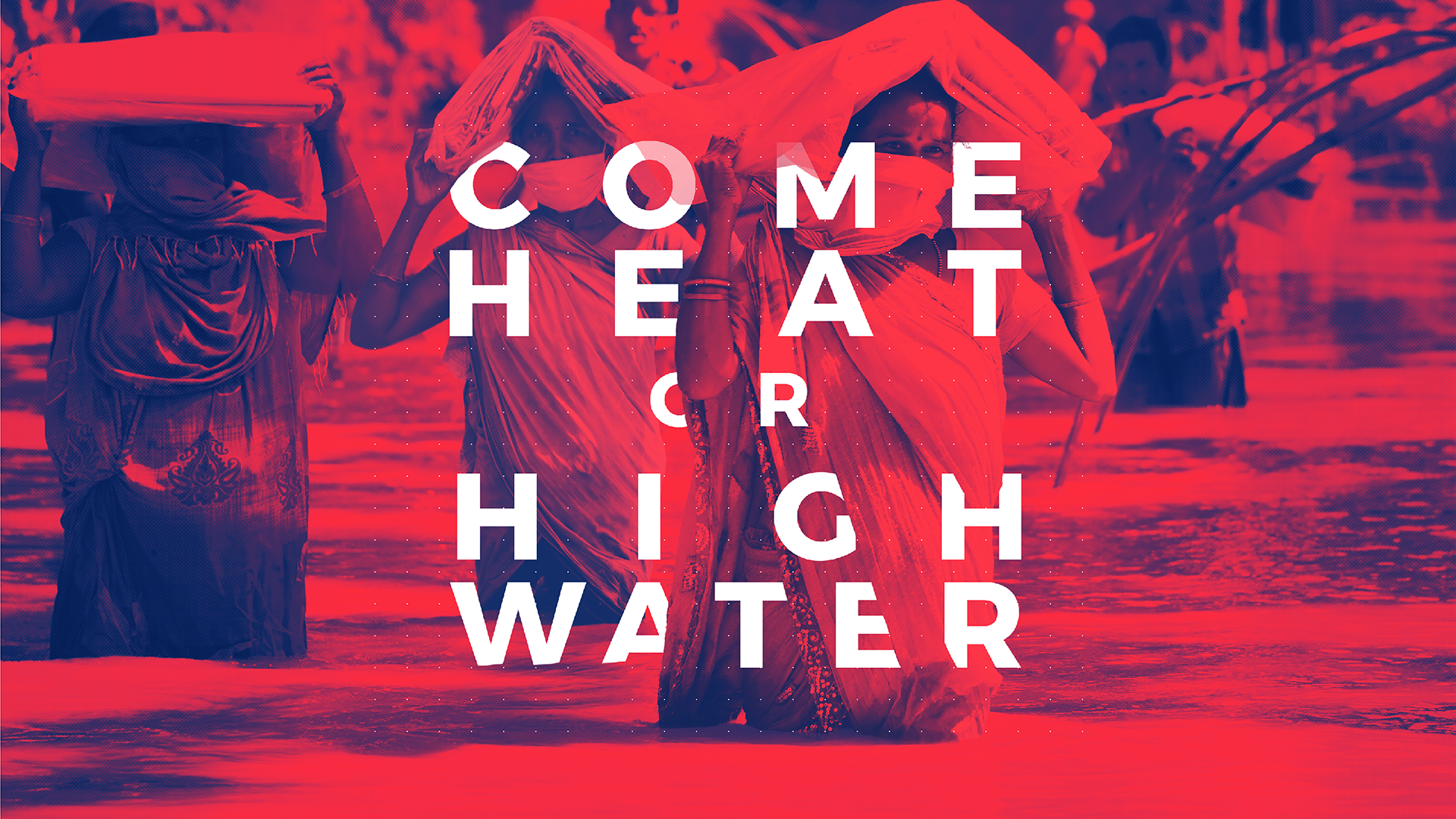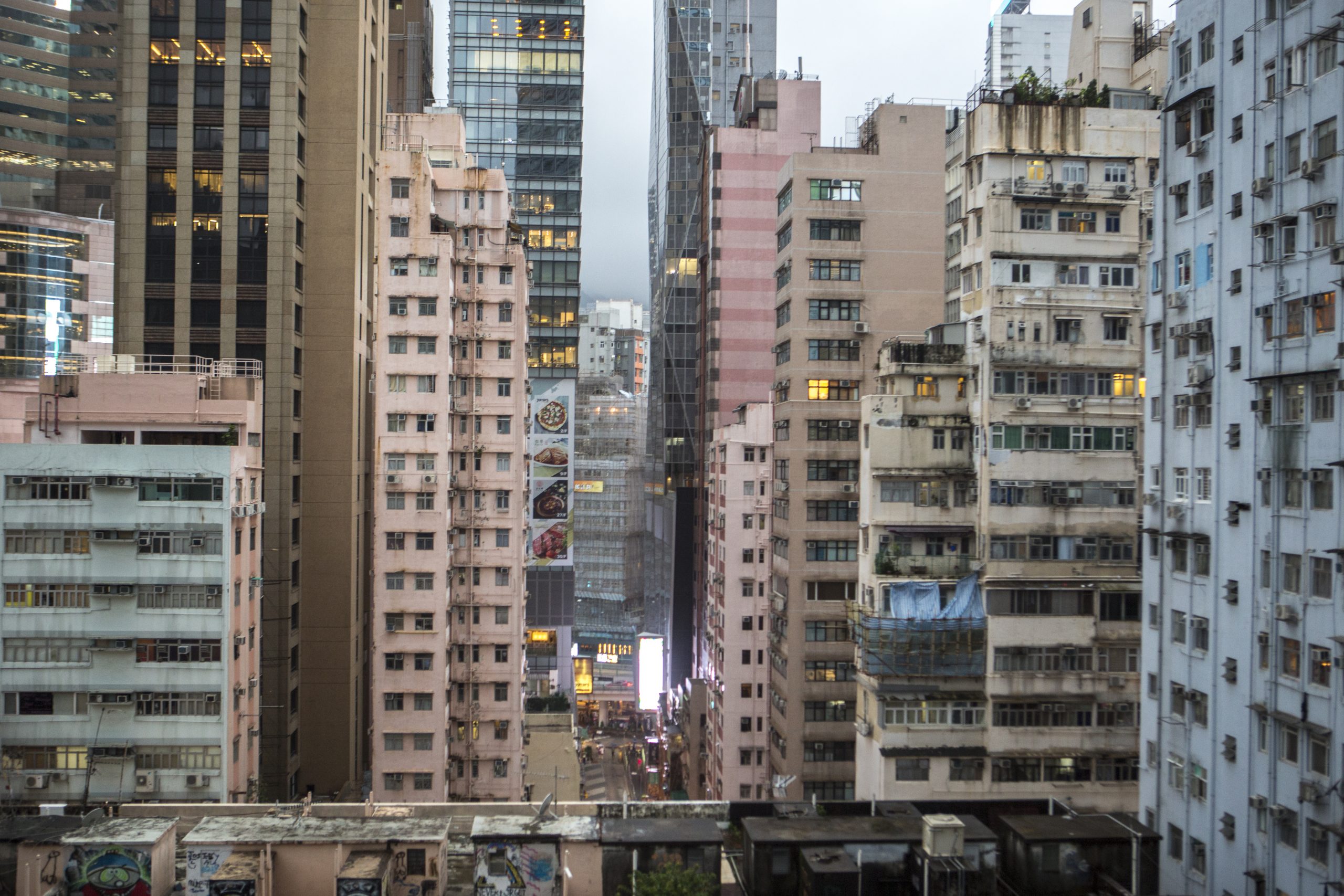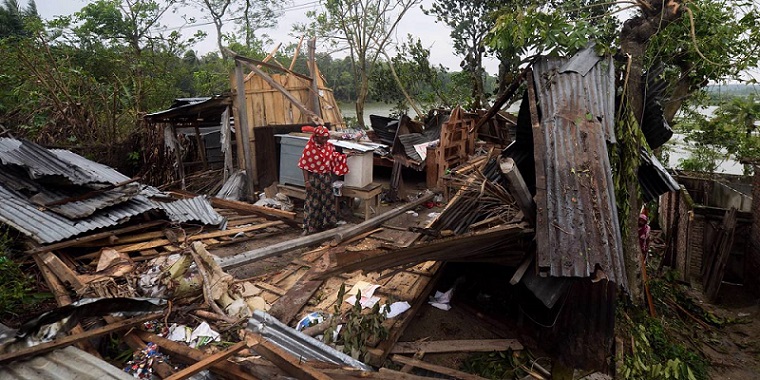Unpacking the Summer: Learning About Heat in Adelaide
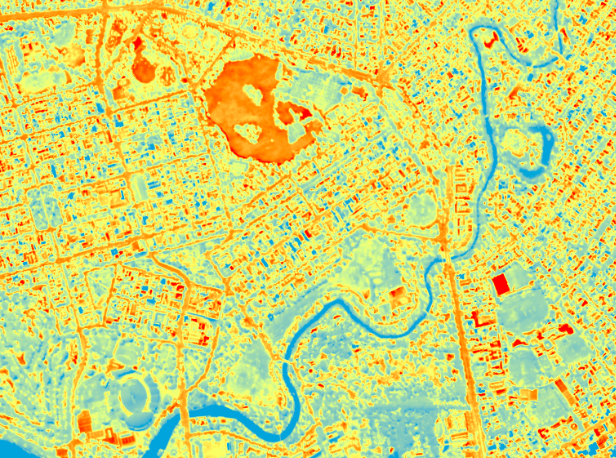
Listening Over Coffee: Stories Behind the Data
The Post-Event Review Capability (PERC), developed by the Zurich Climate Resilience Alliance, offers a structured approach to understanding how and why hazard events escalate into disasters. In South Australia, this framework is being put into action to unpack the complexities of heat in an urban context. The Adelaide Heat PERC is a joint initiative between the Australian Red Cross, IFRC, ISET-International, Monash Sustainable Development Institute, Zurich Australia, and the Z Zurich Foundation. Our team reflects a diversity of disciplines and backgrounds, united by a shared curiosity about what works—and what’s missing—when it comes to heat resilience. This is the first time a PERC has been used to investigate heat, and for me personally, it’s a first look at how PERC data collection happens on the ground.
But this is not just a desk-bound study. The Adelaide Heat PERC is rooted in people’s experiences and perspectives—drawing insight from across sectors. It often starts with a cup—tea, coffee, whatever’s on hand—and slowly opens into a wide-ranging conversation lasting an hour or more. We’re speaking with representatives from local, subnational, and national government, as well as researchers, engineers, arborists, meteorologists, city planners, educators, emergency responders, health professionals, and community organisations. Every perspective helps piece together a bigger picture of how Adelaide is preparing for and responding to heat.
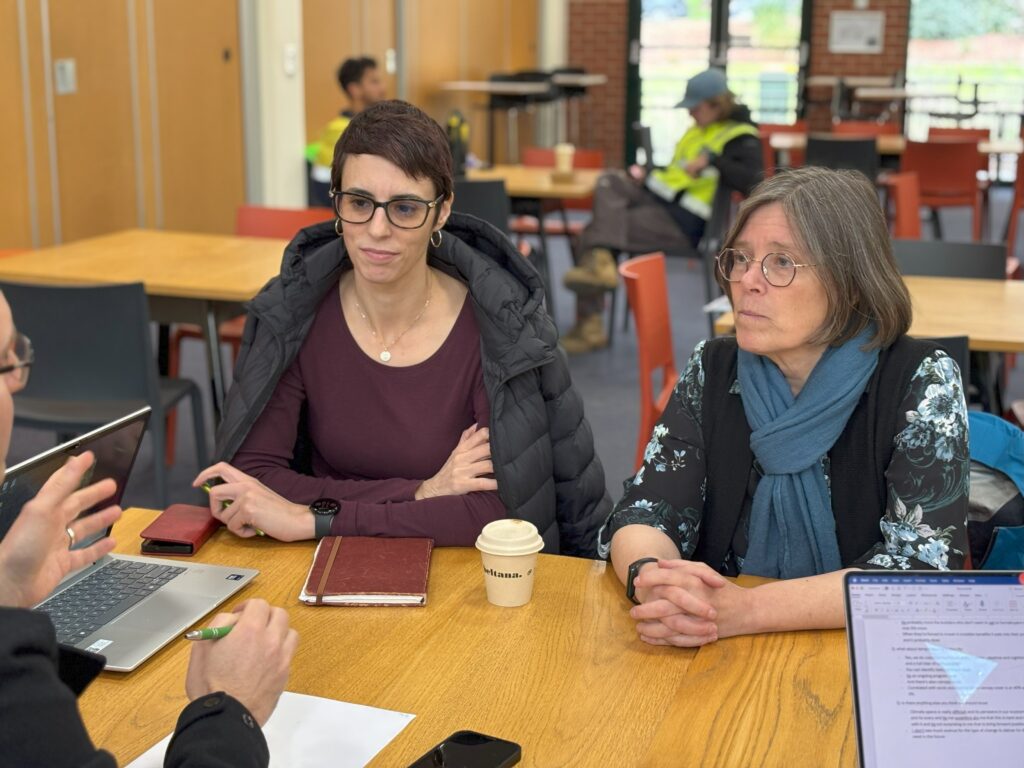
Following the Story
Over two days, I’ve had the opportunity to sit in on half a dozen interviews. Despite the range of people and themes, most conversations end the same way: “You should talk to…” or “Have you thought about…?” With each recommendation, the web widens. This snowballing approach allows us to follow the story, tracing the connections that reveal how different sectors experience and manage climate risk.
Unlike traditional PERC studies focused on a single event, this one is shaped by a season. But therein lies a challenge, how do we understand heat in a context that tends to normalize heat? As we conduct interviews in chilly June – amid grey skies and falling leaves – it’s easy to forget the scorching months just gone. Still, the conversations are rich. Acronyms fly. Notebooks fill. Diagrams emerge spontaneously as experts explain their work. At times, interviews feel like crash courses. Other times, they feel like brainstorming sessions. In every case, we’re trying to uncover the heart of the issue.

Patterns Emerging, Questions Deepening
Between interviews, we debrief—on walks, in the car, or over lunch: “What did you make of that?” “That was unexpected.” “They really knew their stuff.” What stands out most is the openness of everyone we speak with. People are willing—eager, even—to share. There’s a sense of collective urgency and genuine interest in finding solutions, together.
Already, patterns are starting to emerge. Threads repeat from one interview to the next — vulnerabilities that cut across hazards and the tension between short-term priorities and long-term planning, to name just a couple. While heat is our entry point, the story quickly stretches to include hazards such as drought, fire, and flood and cross-cutting issues such as water scarcity.
The next phase will be about digging deeper. With early themes in sight, our next interviews can probe further—while still remaining open to surprise. It’s been an intense, fascinating start. The story of heat in Adelaide isn’t simple—but it’s one worth telling.

